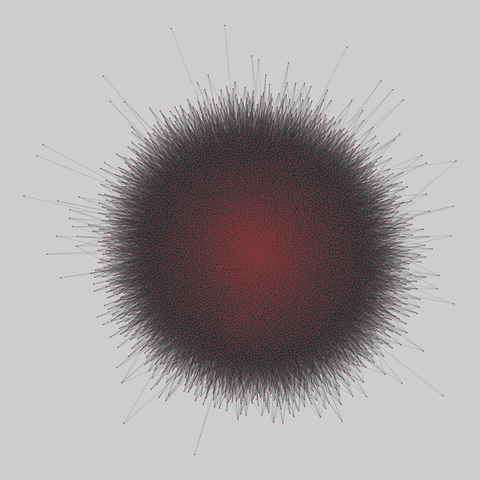2025-11-20 17:13:42
❌ Ethics
❌ A moral leg to stand on
✅ Most deadly military in the world
https://edition.cnn.com/2025/11/18/media/trump-mbs-saudi-prince-abc-mary-bruce-oval-office
2025-10-21 17:08:00
2025-12-20 18:11:22
DHS just shared this video to X with the caption
"This Christmas, our hearts grow as our illegal population shrinks."
The video is set to a version of Mariah Carey's "All I Want For Christmas Is You"
and has text that reads
"Christmas after mass deportations."
The end reads "Mirthnuke."
Evil shit.
2025-11-20 08:08:00
Bestätigt: Yann LeCun verlässt Meta
Yann LeCun gründet ein Start-up für Advanced Machine Intelligence. Meta verliert einen der anerkanntesten KI-Experten der Welt.
https://www.heise.de/news/Bestaetigt-Yan…
2025-12-20 07:15:57
OpenAI introduces a framework to evaluate chain-of-thought monitorability and a suite of 13 evaluations designed to measure the monitorability of an AI system (OpenAI)
https://openai.com/index/evaluating-chain-of-thought-monitorability
2025-11-20 23:00:05
bag_of_words: Bag of words (2008)
Five text collections in the form of bags-of-words, i.e. a bipartite document–word network. Left nodes are documents and right nodes are words. Edge weights are multiplicities. .
This network has 10336 nodes and 353160 edges.
Tags: Informational, Text, Bipartite, Weighted, Metadata
https://
2025-12-20 23:42:48
Being a transit supporter or progressive under SF Mayor Lurie is like, “Yes, we still have to eat this shit sandwich, but we got a few morsels of actual nutrition added too. And we reduced the amount of shit more than anyone thought possible!”
2025-11-20 04:51:36
"Geschätzte Fahrgäste, die Störung am Zug lässt sich leider nicht beheben. Dieser Zug fällt ab Dachsen aus, wendet hier und fährt zurück nach Schaffhausen. Für die Weiterfahrt nehmen Sie die S12 05:54".
Ehm, die fährt in 3 Minuten auf diesem Gleis wo du stehst, und du musst 200 Meter rennen um den Führerstand zu wechseln.
I don't think so...
#SBBCFFFFS
2025-11-20 07:03:00
heise | In Ruhe genießen: Elf Over-Ear-Kopfhörer im Test
Viele Over-Ear-Kopfhörer klingen gut, Modelle mit Active Noise Cancellation filtern Störgeräusche heraus. Doch was taugen Bose, Sonos, Sony & Co. wirklich?
ht…
2025-12-20 16:18:26
At the HHS announcement yesterday announcing proposed rules to ban Gender Affirming Care,
they said trans people are
"at the root of the evils we face"
and are
"a hatred for nature as God designed it and for life as it was meant to be lived.”
Just in case you thought it was about concerns for proper healthcare.
-- Alejendro Caraballo



